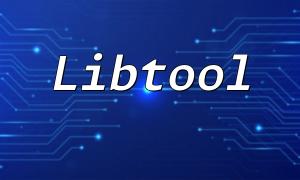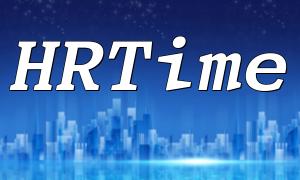Laravel is a powerful PHP framework widely used to build modern web applications. Asset management is a core component in Laravel, involving the organization and optimization of static files such as CSS, JavaScript, and images. With efficient asset management, developers can enhance the performance and user experience of their applications.
Asset management configuration helps better organize resources during development, reduce page load times, and improve application security. A well-configured asset management system ensures that resources are correctly loaded across different environments (development, testing, production) and avoids issues caused by missing resources due to incorrect paths.
Laravel Mix is a Webpack-based tool that simplifies the build and compilation of CSS and JavaScript files. Ensure you have Node.js and npm installed. Then, run the following command in the root directory of your Laravel project:
<span class="fun">npm install laravel-mix --save-dev</span>
Create a file named webpack.mix.js in the root directory of your project to define asset compilation rules, such as merging and minifying files. Here’s a basic configuration example:
mix.js('resources/js/app.js', 'public/js')
.sass('resources/sass/app.scss', 'public/css');Once you've created the webpack.mix.js file, use the following command to compile the asset files:
<span class="fun">npm run dev</span>
This will compile your JavaScript and CSS files and output them to the public/js and public/css directories.
In production, it’s essential to compress and optimize resource files to improve page load speed. Use the following command to build an optimized version for production:
<span class="fun">npm run production</span>
This command will compress and merge your files, reducing the number of requests and file size, thus enhancing website performance.
To ensure that users always load the latest resources, Laravel Mix supports versioning. Simply add the version control line to your webpack.mix.js:
<span class="fun">mix.version();</span>
This will generate version records in the public/mix-manifest.json file, helping to manage caching and ensuring users always load the latest version of resources.
With this guide, you now understand how to configure asset management in Laravel. Proper asset management not only improves application performance but also significantly enhances user experience. Be sure to adjust configurations based on project needs to fully leverage Laravel’s powerful features.









